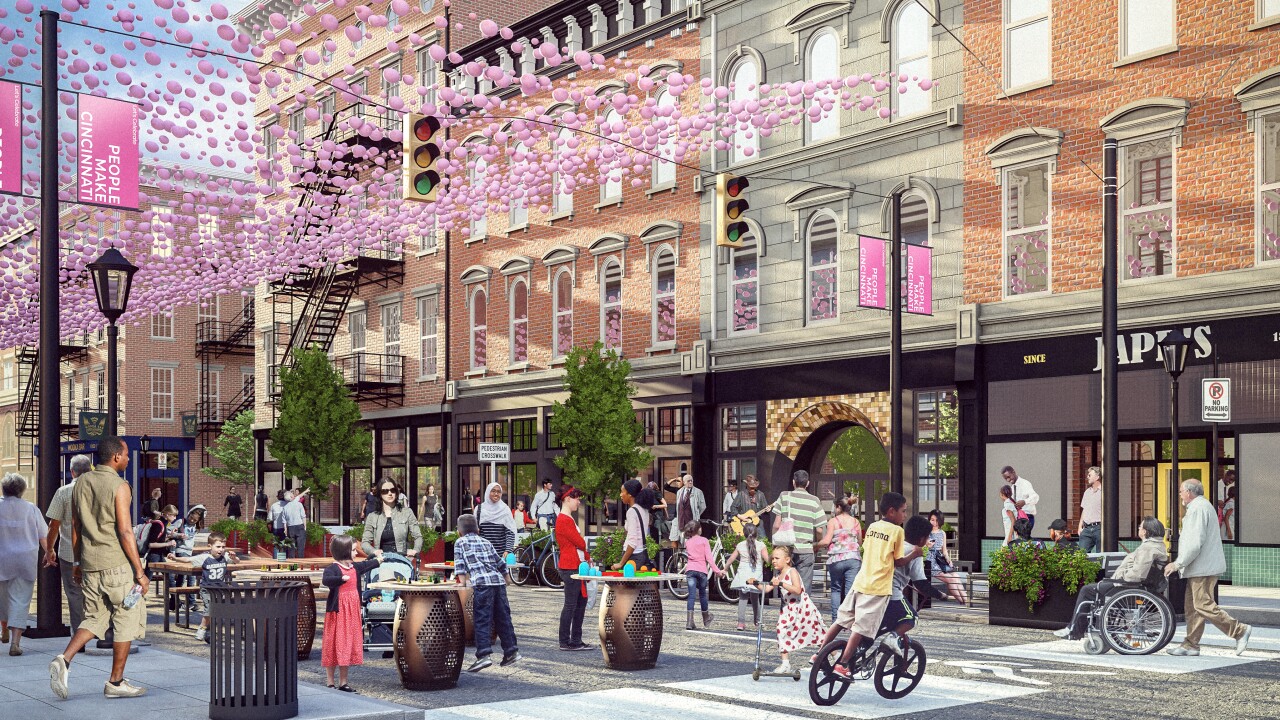In an age where urban areas are often dominated by vehicles, creating pedestrian-friendly cities is a crucial aspect of sustainable and livable urban design. Designing for walkability not only enhances the quality of life for residents but also contributes to environmental sustainability and community well-being. This article explores the principles and practices behind making cities more walkable and pedestrian-friendly.
Understanding the Importance of Walkability
Walkability in urban design refers to how friendly an area is to walking. Factors influencing walkability include the presence and quality of footpaths, pedestrian safety, accessibility to key services, and the aesthetic appeal of the environment. Walkable cities encourage residents to choose walking over driving, leading to numerous health, environmental, and social benefits.
Key Elements of Pedestrian-Friendly Urban Design
- Comprehensive and Safe Pedestrian Networks: Essential to pedestrian-friendly design is the development of comprehensive networks of sidewalks and footpaths that are safe, well-maintained, and easily navigable.
- Traffic Calming Measures: Implementing traffic calming measures, such as speed bumps, narrow roads, and pedestrian zones, can significantly enhance pedestrian safety and comfort.
- Accessibility and Connectivity: Ensuring that pedestrian routes are accessible to people of all ages and abilities and are well-connected to key destinations like parks, schools, and shopping areas is vital.
- Green Spaces and Street Furniture: Integrating green spaces, street trees, benches, and other elements makes walking a more enjoyable and restful experience.
- Pedestrian-First Policies and Planning: Adopting policies that prioritize pedestrians in urban planning decisions is fundamental. This includes limiting vehicle access in certain areas and investing in pedestrian infrastructure.
Benefits of Walkable Cities
- Health and Well-being: Walking is excellent for physical health and has been linked to lower rates of obesity and heart disease. Moreover, walkable environments encourage social interaction and enhance mental well-being.
- Environmental Sustainability: Increased walking reduces reliance on vehicles, thereby cutting down on emissions and contributing to cleaner air.
- Economic Advantages: Walkable areas can boost local economies as pedestrians are more likely to frequent local businesses than drivers.
Challenges in Developing Walkable Cities
Creating walkable cities in environments originally designed for vehicles presents challenges. These include retrofitting existing infrastructure, changing public attitudes, and ensuring safety and accessibility for all. Addressing these challenges requires innovative planning, community engagement, and a commitment to sustainable development.
Case Studies and Success Stories
Cities around the world provide inspiring examples of successful pedestrian-friendly initiatives. Copenhagen’s extensive pedestrian streets and Barcelona’s superblocks model, where certain streets are transformed into pedestrian-focused spaces, are just a couple of instances where urban walkability has been effectively enhanced.
Conclusion
Designing cities for walkability is more than an urban planning challenge; it’s a commitment to creating healthier, more sustainable, and more cohesive communities. As cities continue to grow and evolve, prioritizing pedestrian-friendly design will be key to ensuring that urban environments remain livable, vibrant, and inclusive for all.












